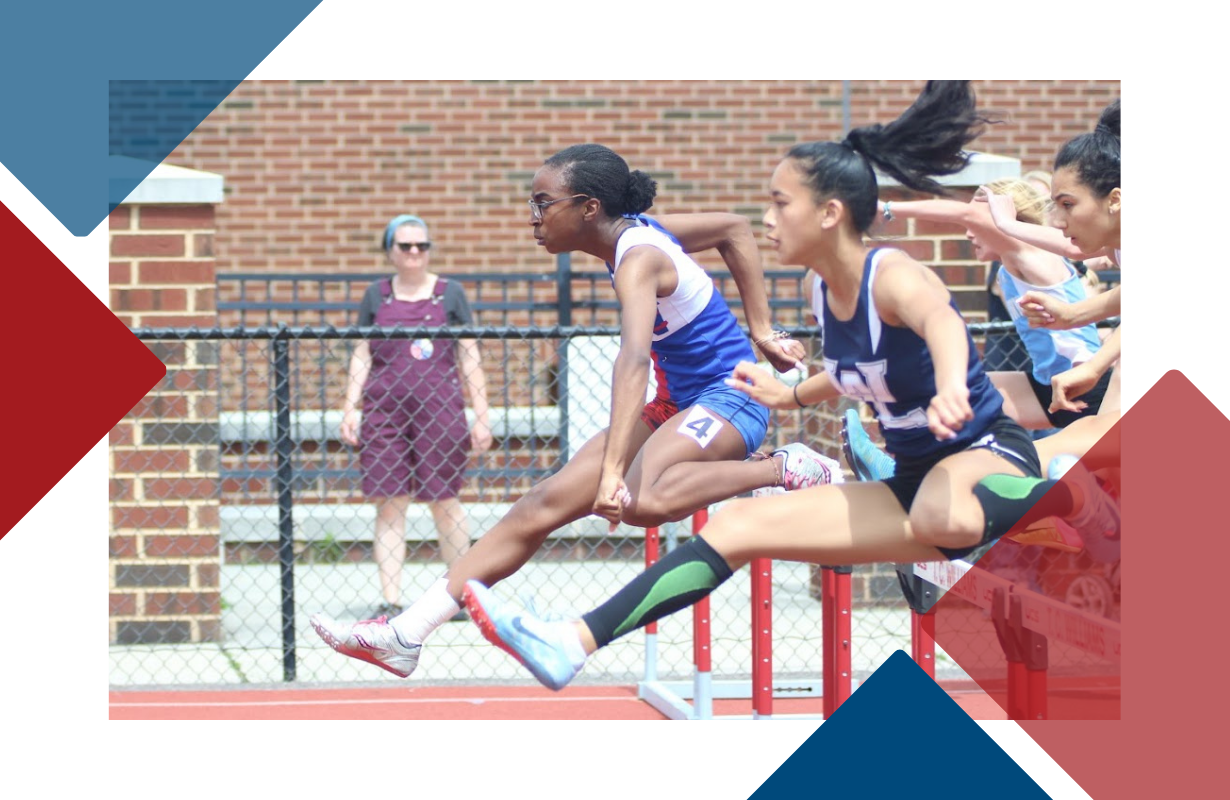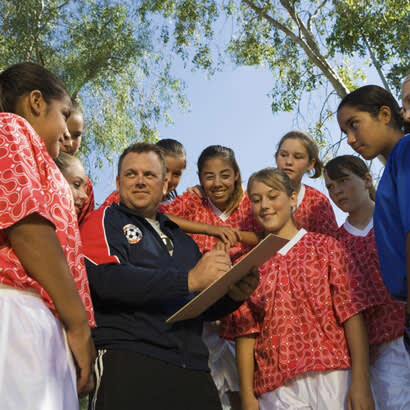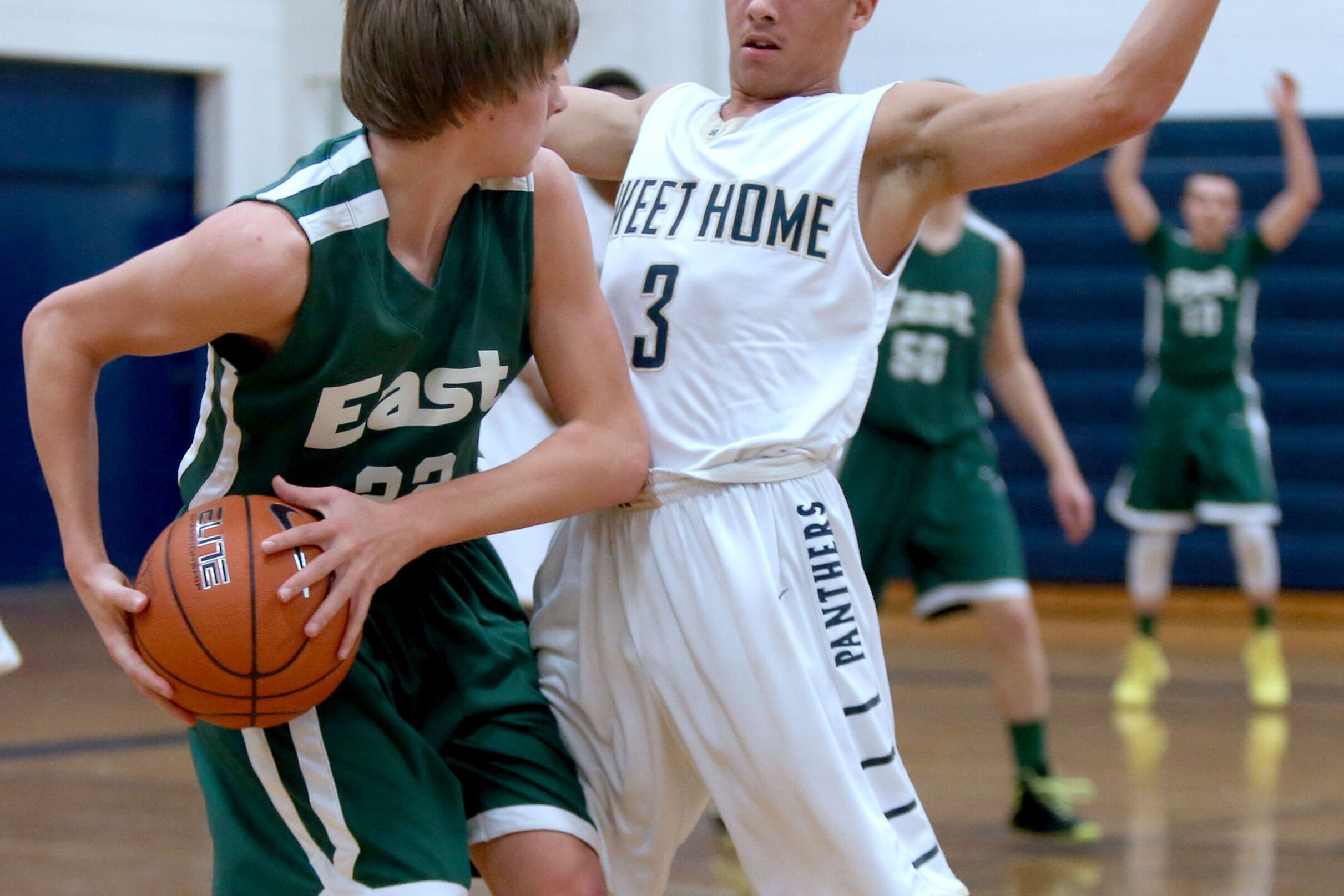Good luck finding a bicycle to buy these days. My family’s recent attempt to purchase one turned into a journey that required inside information to identify the right moment to buy.
We tried Walmart online, but they’re not selling them online for in-store pickup anymore because they can’t guarantee delivery of the product due to demand. Same with Target. Dick’s Sporting Goods was a little better, though the only way to make the purchase within our community in Maryland was finding one in-stock and picking it up curb side.
We were told that bikes are now being assembled only once a week and selling out as quickly as they are built. Valuable word-of-mouth information from a neighbor gave us a tip: Arrive at a particular store on Wednesday, because that’s the day the bikes get assembled.
Who knew bikes would be the pandemic’s new toilet paper?
Bicycles are having a moment. They’re a rare activity (and industry) that’s benefitting from the shutdown. People need ways to stay active, entertain children and commute to work instead of public transportation, so the bike it is.
Bicycle sales nationally grew by 50% in March, according to the NPD Group, a market research company. Adult leisure-bike sales were up 121% in March and kids’ bike sales increased 59% compared with the same time last year.
“Consumers are looking for outdoor and kid-friendly activity to help better tolerate the challenges associated with stay-at-home order. Cycling fits the bill well,” said Dirk Sorenson, executive director of the NPD Group’s sports practice. “The growth we are noting is coming largely from children, BMX and adult leisure bikes that carry a more approachable price point than some of the more expensive bike styles we have seen sell well prior to the COVID-19 crisis. In the end, more people are likely riding than we have seen in years past.”
Many bicycle parts are produced and assembled in Asia, where the coronavirus outbreak first began. Industry experts say shutdowns in those countries stalled deliveries, meaning low-priced and children bicycles will become even more difficult to find until late July.
“The cycling industry is beginning to experience shortages on these categories,” said Brandee Lepak, president of the National Bicycle Dealers Association. “We were very excited to see the World Health Organization encourage people to ride during this time. Our suppliers in this industry are racing to meet the demand and we believe that this will be an incredible year for the cycling industry.”
In 2018, approximately 4.7 million U.S. kids ages 6-12 regularly participated in bicycling (16% of that population), according to the Sports & Fitness Industry Association data reflected in Project Play’s 2019 State of Play report. That number had been declining for many years, down from 28% in 2008 before the impact of the Great Recession.
Now, it feels like the 1970s and 1980s again, with the sight of kids on bikes even more common in many neighborhoods. Kids in my suburban/rural neighborhood are flying down the street in races against each other or going for leisurely rides individually on sidewalks and back trails. They’re enjoying the freedom that comes with riding a bike at a time when we have so many restrictions in our society. My family now owns a bike rack for a car. That’s a sentence I never would have imagined writing in February.
Increased bike use isn’t just happening in the suburbs, where there is more space to ride. Anecdotally, there appear to be increases in inner cities as well.
In Camden, New Jersey, located across the river from Philadelphia, “we’ve seen a lot more kids on streets riding bikes,” said Sonia Szczesna, advocacy and campaign manager for the Tri-State Transportation Campaign. “We’ve generally seen more people walking and riding in their neighborhoods overall and for small errands. We’re also noticing just how high the demand was for parks and open space since the shutdown and we’re hoping this serves as a guide to increase investments in parks, trails and open space.”
Lots of families are riding bikes in Seattle, said Rachel Osias, education director of the Cascade Bicycle Club, which is the nation’s largest statewide bicycle organization and celebrating its 50th anniversary in 2020. Given this new interest, the club created a COVID-19 resource page to educate the public on everything from bike safety to bike shops for essential repairs and services. Among the safety tips:
Ride solo or with members of your household
Stay flexible, avoid busy trails, adjust your routes, and seek empty streets
Wear a mask, no spit or snot, and wash your gloves and sleeves
Stick to neighborhood rides and local trips
Always leave six feet or more, and pass at a safe distance for others
Plan ahead, pack food and water, and avoid store and bathroom stops
But what should be a great time for the Cascade Bicycle Club to capitalize off new riders has been met with financial realities. The club furloughed half of the staff and cancelled much of its programming. Most of the youth programming is associated with schools, which are closed. The elementary and middle school curriculum, which focuses on bike and pedestrian safety education as a physical education unit, are being reworked as online learning videos.
The club’s Major Taylor Project typically reaches more than 500 diverse and unrepresented youth annually in middle and high schools in Washington to reduce barriers to biking. But that project, named after African American world champion cyclist Marshall “Major” Taylor, is now on hold. It’s not clear yet what the future holds for the project.
“It’s been a hard and strange time as we navigate what our organization is capable of doing now and in the coming year,” Osias said.
The biking boom may have lasting changes to city infrastructure. With fewer cars on the road, many jurisdictions are closing select streets to make room for more cycling, walking and jogging. Whether that’s temporary or a permanent change remains to be seen. Very few people want to be on a crowded subway or bus, so bikes have become a way to get around.
Electric bike sales are also exploding. In the U.S., e-bike retailer Lectric eBikes reported a 140% increase in sales since March 15, when many states began lockdowns, according to electrek.co. Even stationary bike sales were up 170% in March, the NPD Group reported.
“I don’t think anybody expects 100% of the people who have taken up riding again to continue to do it,” said Steve Frothingham, editor at Bicycle Retailer and Industry News. “But even if a small fraction of that number continues, that’s good news. Bike sales in general had been fairly flat for quite a while. Some people in cities like New York could say it’s nice not having all the cars here. For transportation purposes, I think it will be a while before people want to get back on subways and buses.”
And for kids like my 11-year-old son, the bike has become an eye-opening experience. He learned to ride a bike many years ago but got away from it.
Now, with baseball season shut down and kids not able to interact as much with each other, there he is learning to ride again – cautiously at first and then confidently. He sometimes rides in his grandparents’ neighborhood and waves hi while staying physically distant from them. He now can keep up with his older brother instead of previously using a scooter.
For a little bit of time most days, he can enjoy the wind in his face and get his mind off any anxieties and restrictions associated with the pandemic. He can be free.
Bikes are having a moment. Good for them.
Do you have a topic that you would like Project Play to explore in future COVID-19 youth sports coverage? Email Jon Solomon at jon.solomon@aspeninstitute.org.





















